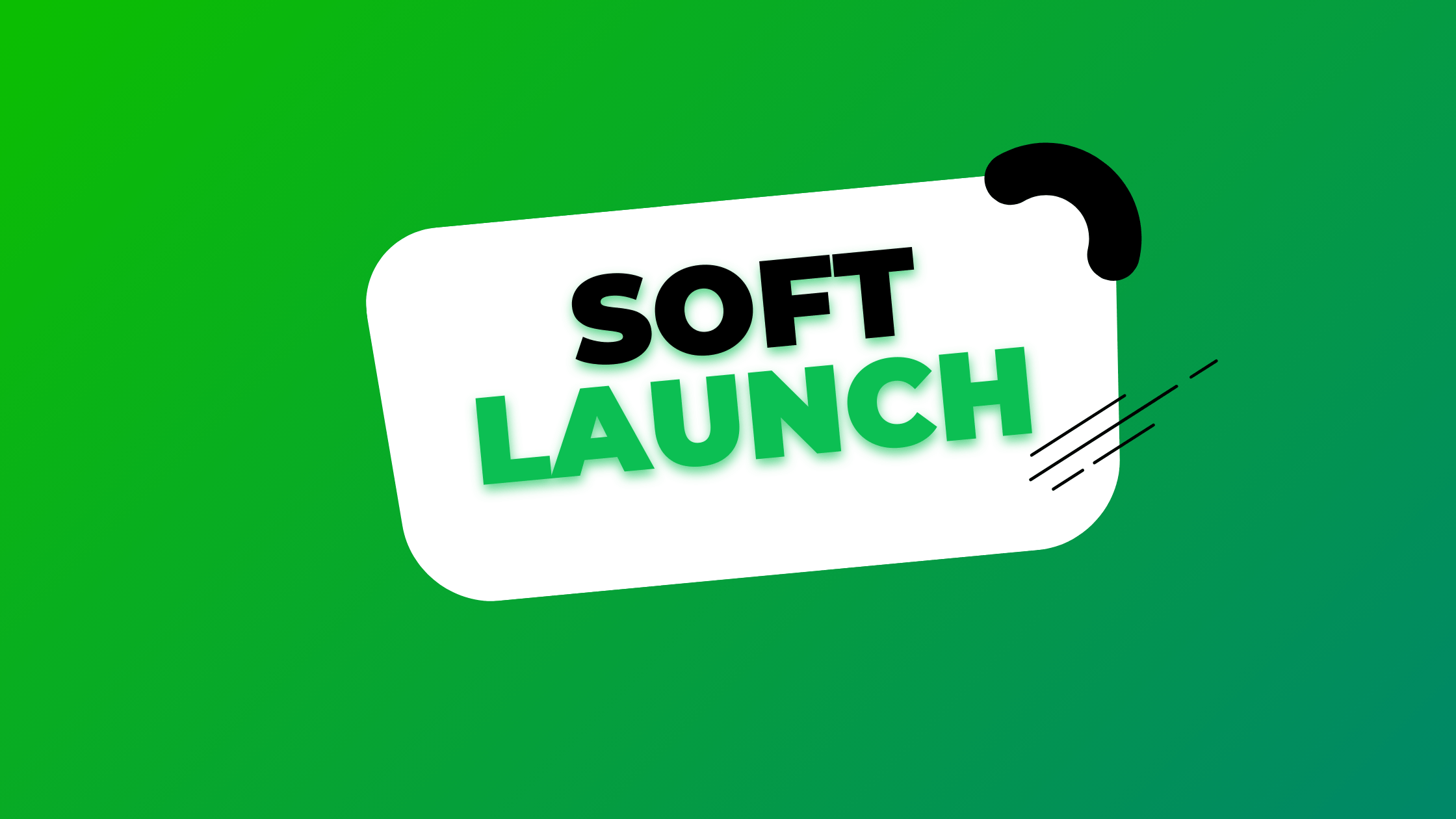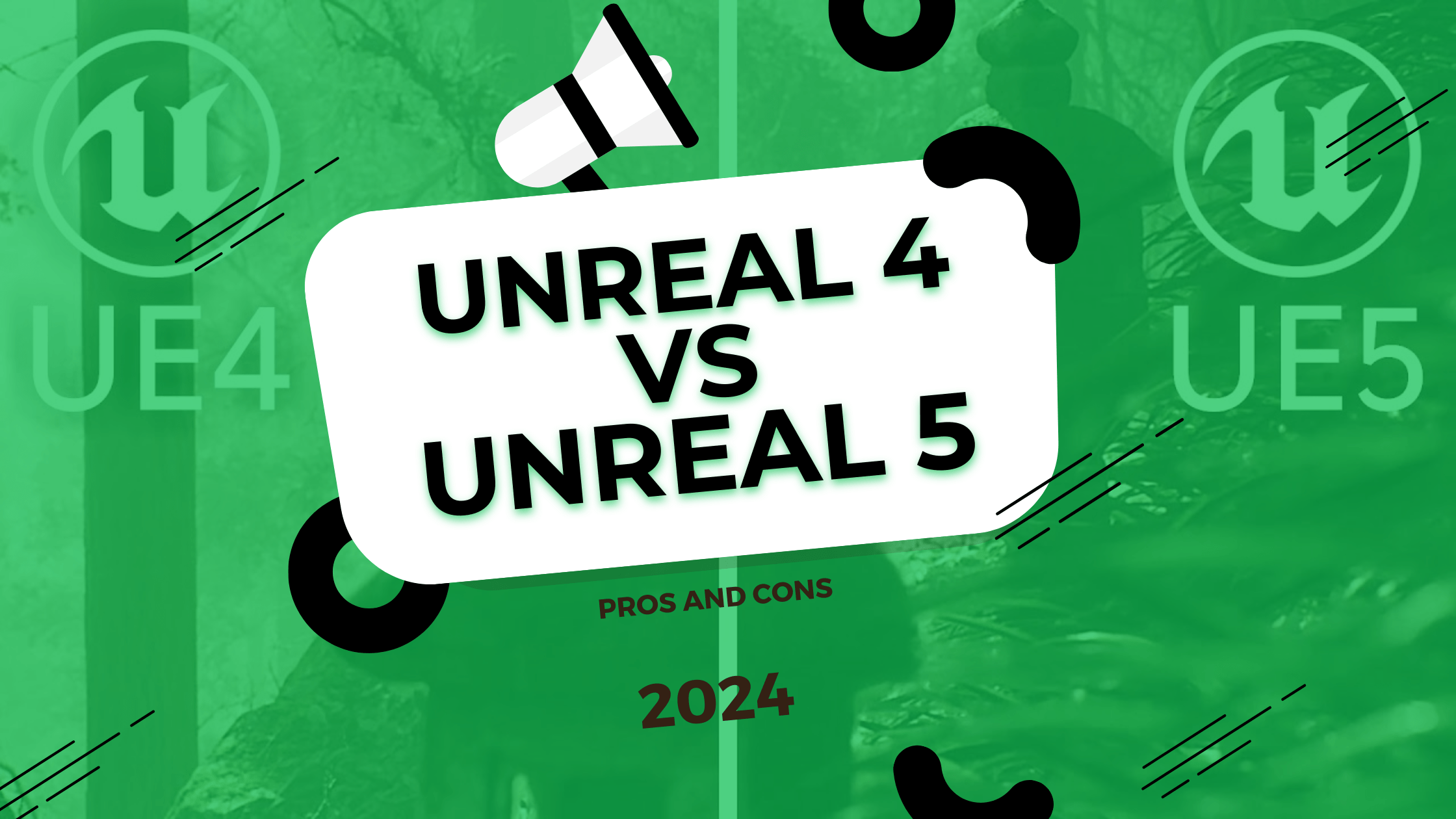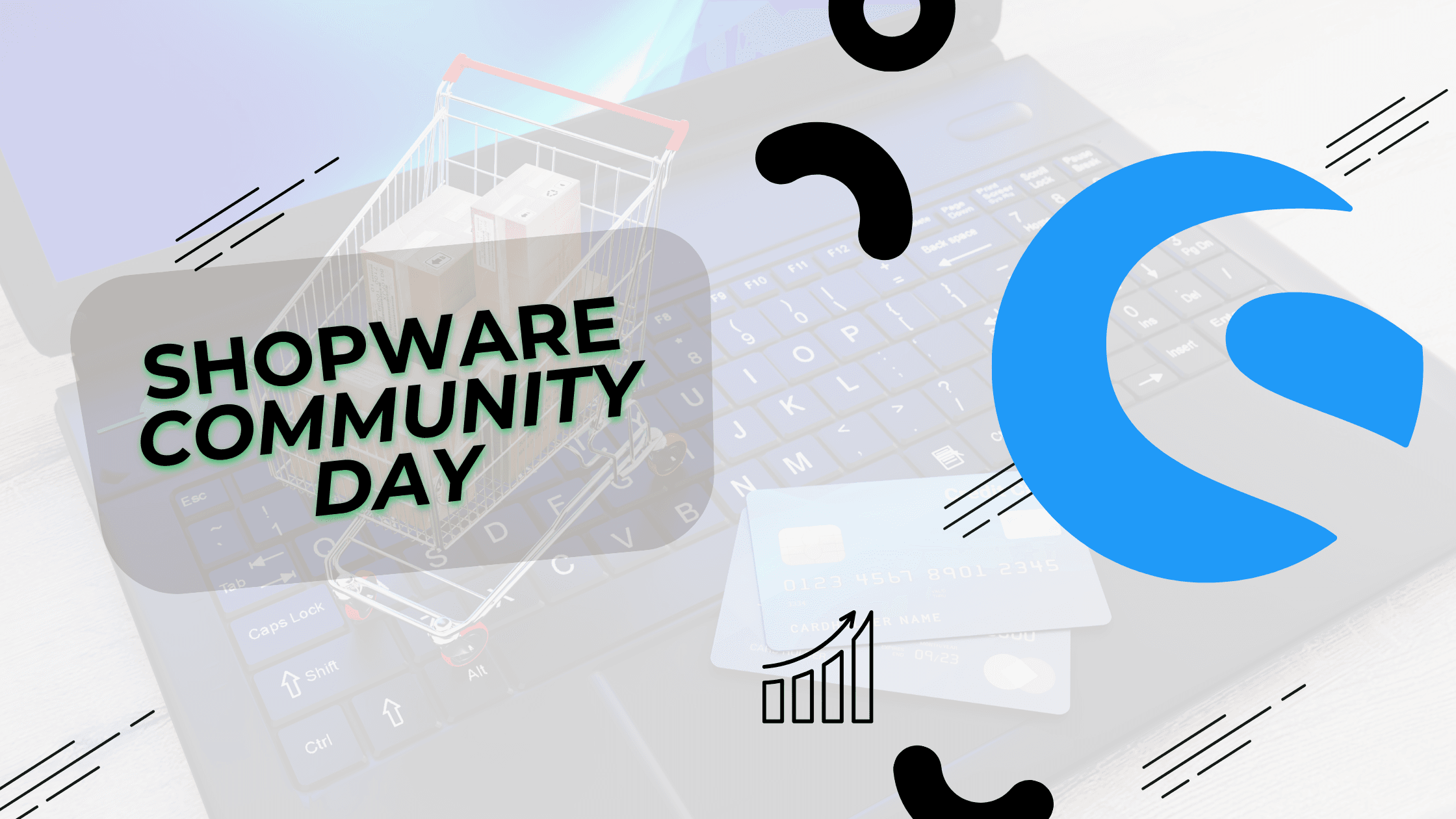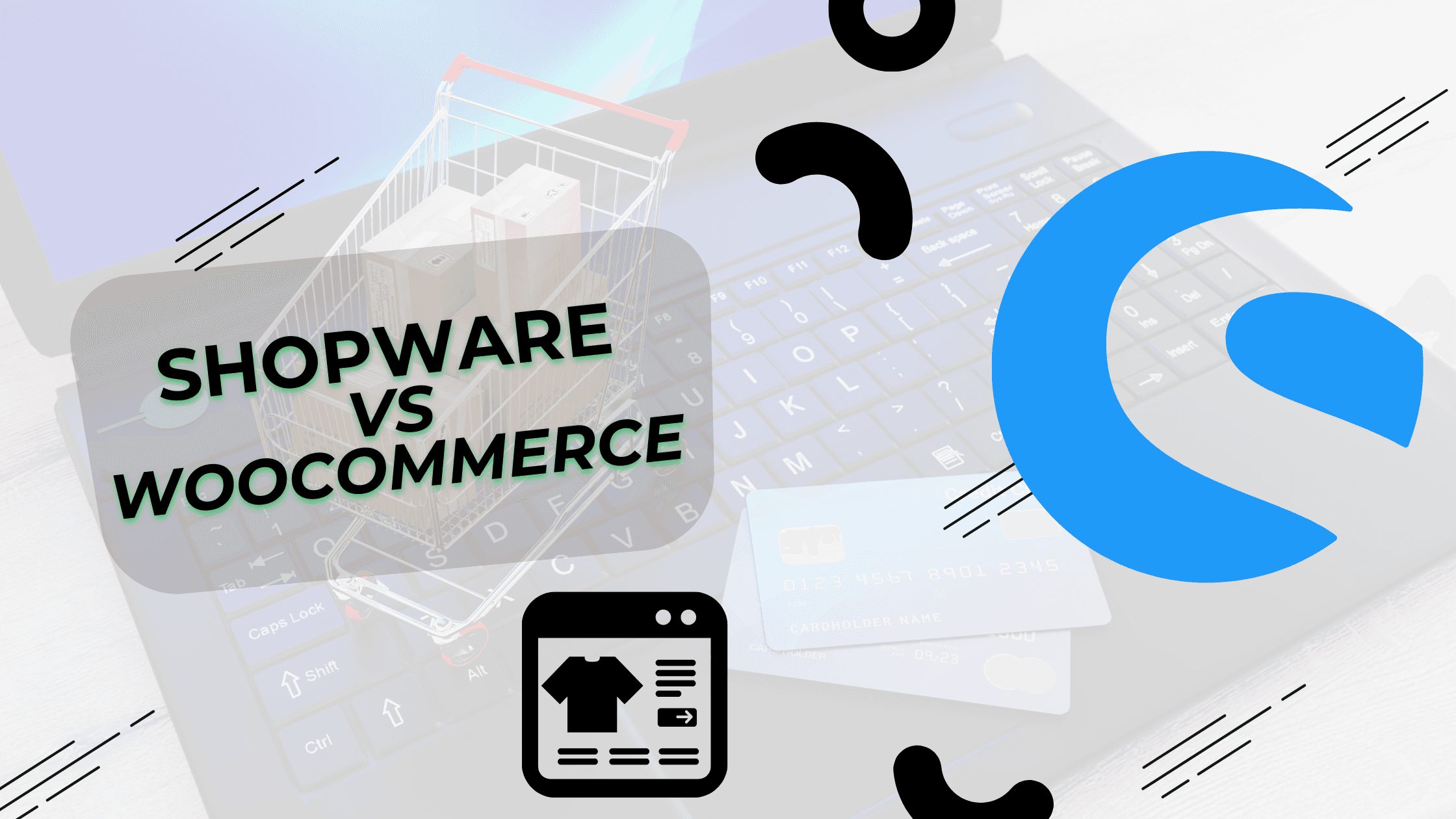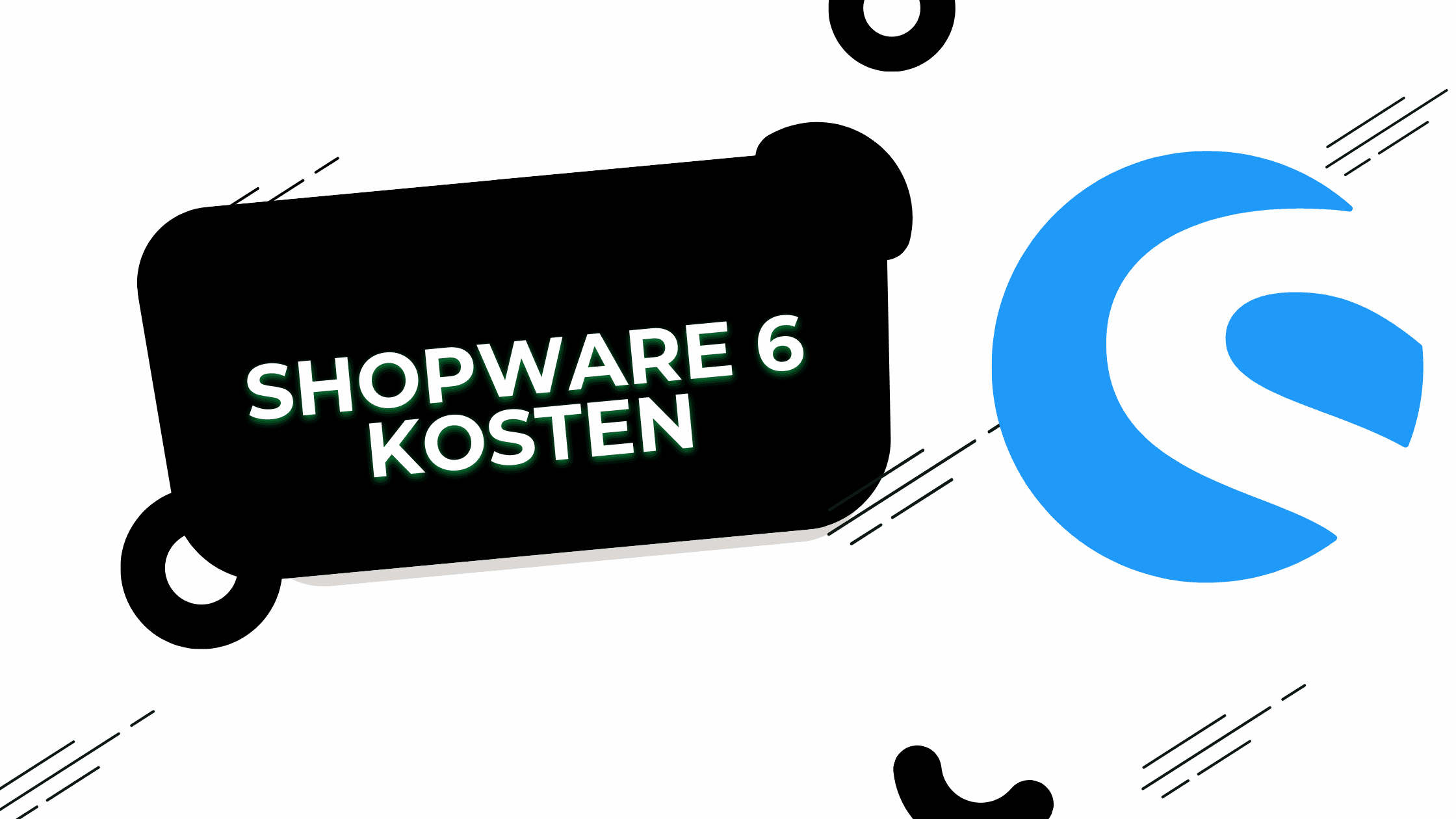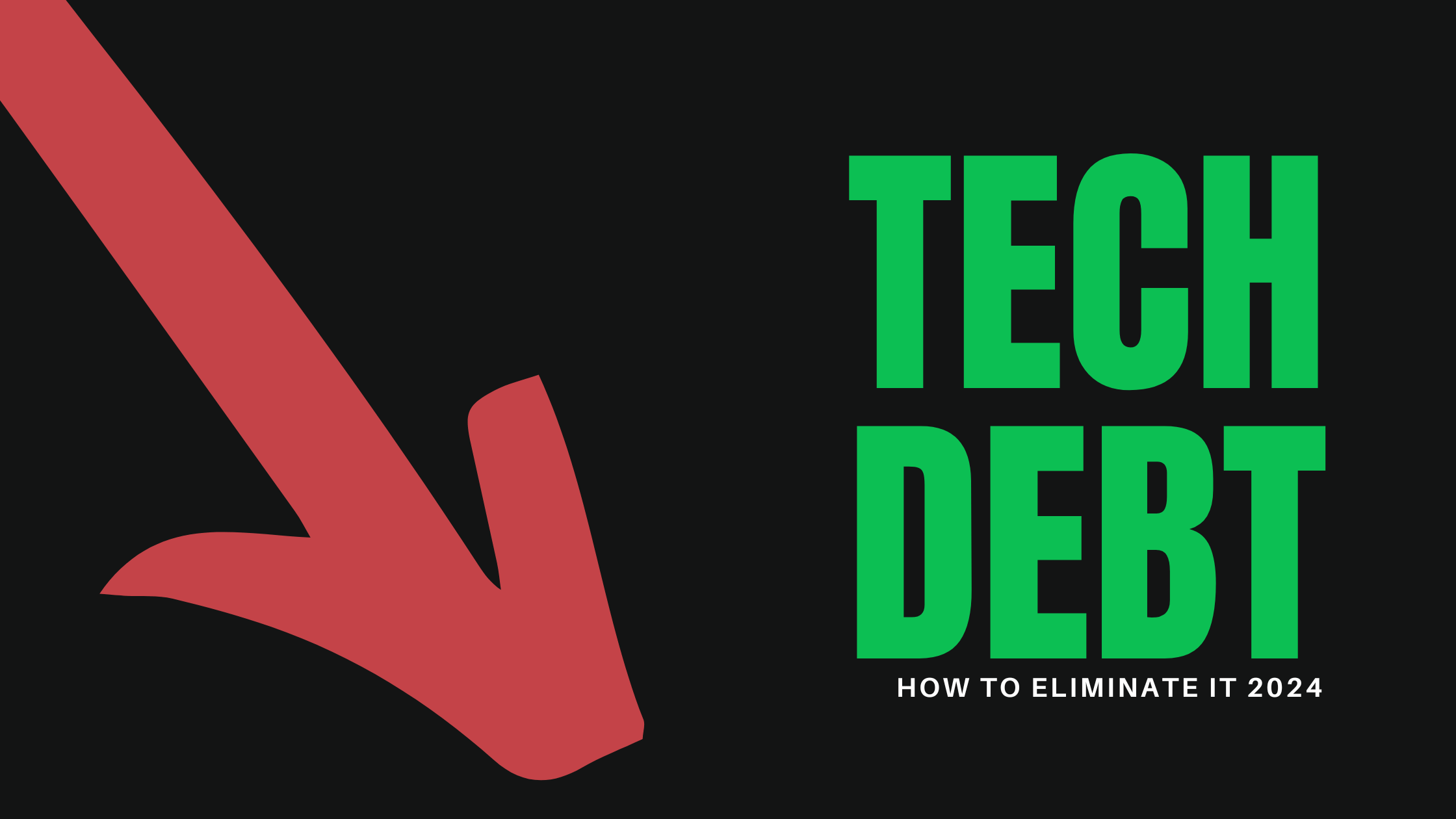Soft Launch: What It Is and Why It Matters
In today’s fast-paced digital world, the way we introduce new products, relationships, or ideas has evolved. One trend that has gained significant traction is the concept of a “soft launch.” But what exactly is a soft launch, and how does it differ from a traditional launch? Let’s dive in and explore this intriguing strategy.
What is a Soft Launch?
A soft launch is a strategic approach to introducing a new product, service, or even a relationship to a limited audience before making it widely available or officially announced. It’s a way to test the waters, gather data, and make necessary adjustments before committing to a full-scale launch.
Soft Launch vs. Hard Launch
To better understand what a soft launch is, it’s helpful to contrast it with its counterpart, the hard launch:
- Soft Launch: A gradual, low-key introduction with little or no marketing.
- Hard Launch: An official, widely publicized release often accompanied by significant marketing efforts. For a formal definition, you can refer to the Cambridge Dictionary’s definition of hard launch.
The Soft Launch in Business
In the business world, a soft launch permits a company to react to customer demands quickly and effectively. Here’s how it typically works:
- Limited Release: The product or service is made available to a select group of users.
- Data Gathering: The company collects feedback and usage data.
- Refinement: Based on the data, improvements and adjustments are made.
- Gradual Expansion: The release is slowly expanded to more users.
This approach is particularly useful when introducing new features or updates to an existing product. It allows developers to test in a real-world environment without the pressure of a full launch.
At Codelivery, we understand the value of soft launches in software development. For instance, in our VR Mystery Game: The John Malone Murder Mystery, we implemented a soft launch strategy to gather user feedback and refine the game experience before its official release. This approach allowed us to create a more polished and user-friendly final product.
Soft Launch in Social Media and Relationships
Interestingly, the concept of a soft launch has jumped from the business world to social media, particularly in the context of relationships. Here’s what it means to soft launch a relationship on platforms like Instagram:
- Subtle Hints: Posting photos that hint at a new relationship without fully revealing the partner.
- Gradual Introduction: Slowly increasing the visibility of the relationship on social media.
- Building Anticipation: Creating intrigue among followers before making an official announcement.
For example, you might see a photo of someone’s hand or the back of their head in your Instagram feed, hinting at a new boo without telling the world outright.
Why Choose a Soft Launch?
There are several reasons why someone might opt for a soft launch:
- Privacy: It allows for a level of privacy while still sharing with a limited audience.
- Testing: It’s a way to test the waters and gauge reactions.
- Flexibility: It provides the opportunity to make adjustments before a full commitment.
- Anticipation Building: It can create buzz and anticipation for the official launch.
Soft Launch Examples
In Business
- A software company might release a beta version of a new app to a select group of users.
- A restaurant might have a “soft opening” for friends and family before opening to the public.
On Social Media
- Posting a photo of a romantic dinner setup without showing the date.
- Sharing a picture of two drinks, implying a date without showing the other person.
Understanding Hard Launch
While we’ve focused primarily on soft launches, it’s important to understand the concept of a hard launch as well. A hard launch is the traditional method of releasing a product, service, or announcing a relationship, characterized by a full-scale, official unveiling.
Key Features of a Hard Launch
- Official Announcement: A hard launch typically involves a formal, widespread announcement.
- Full Availability: The product or service is made fully available to the entire target audience at once.
- Significant Marketing Efforts: Hard launches are often accompanied by extensive marketing campaigns.
- Media Coverage: Companies often seek media attention and press coverage for hard launches.
- Public Events: Launch parties, press conferences, or other public events may be part of a hard launch strategy.
When to Choose a Hard Launch
A hard launch might be the better choice in certain scenarios:
- Established Brands: When a company has a strong market presence and loyal customer base.
- Time-Sensitive Products: For products tied to specific events or seasons.
- Competitive Markets: When it’s crucial to make a big splash and capture market share quickly.
- Confidence in the Product: If extensive testing has already been done and there’s high confidence in the product’s readiness.
Hard Launch Examples
- Apple’s annual iPhone release events are classic examples of hard launches.
- Movie premieres, with their red carpet events and simultaneous worldwide releases, are hard launches in the entertainment industry.
- In social media, a hard launch of a relationship might involve a clear, unambiguous post announcing the relationship, often with a photo of the couple together.
Soft Launch vs. Hard Launch: Making the Choice
Choosing between a soft launch and a hard launch depends on various factors:
- Product Readiness: If you’re still fine-tuning features, a soft launch might be better.
- Market Conditions: In a crowded market, a hard launch might help you stand out.
- Resources: Hard launches often require more resources for marketing and events.
- Risk Tolerance: Soft launches allow for adjustments, while hard launches are all-in from the start.
- Brand Strategy: Your choice should align with your overall brand image and strategy.
The Future of Soft Launches
As we move further into the digital age, the trend of soft launches is likely to continue growing. In an era where online presence is increasingly important, the ability to control and curate how we present new aspects of our lives or businesses is valuable.
This trend is particularly evident in the tech industry. Many top software development companies in Poland, for instance, use soft launches as a key strategy when rolling out new products or services. To learn more about these companies and their practices, check out our article on Top Software Development Companies in Poland.
Conclusion
Whether you’re a business owner looking to introduce a new product, a developer working on a software update, or someone in a new relationship, understanding the concept of a soft launch can be incredibly useful. It’s a strategy that allows for testing, refinement, and gradual introduction, ultimately leading to a more successful full launch.
Remember, the key to a successful soft launch is subtlety and strategy. It’s about creating intrigue and gathering valuable feedback before you’re ready to tell the world, “We’re officially here!”
So, the next time you’re scrolling through Instagram and see a mysterious hand in someone’s photo, or hear about a new product that’s available to a select few, you’ll know – you’re witnessing a soft launch in action. And who knows? Maybe you’ll be inspired to try a soft launch strategy of your own for your next big reveal.
